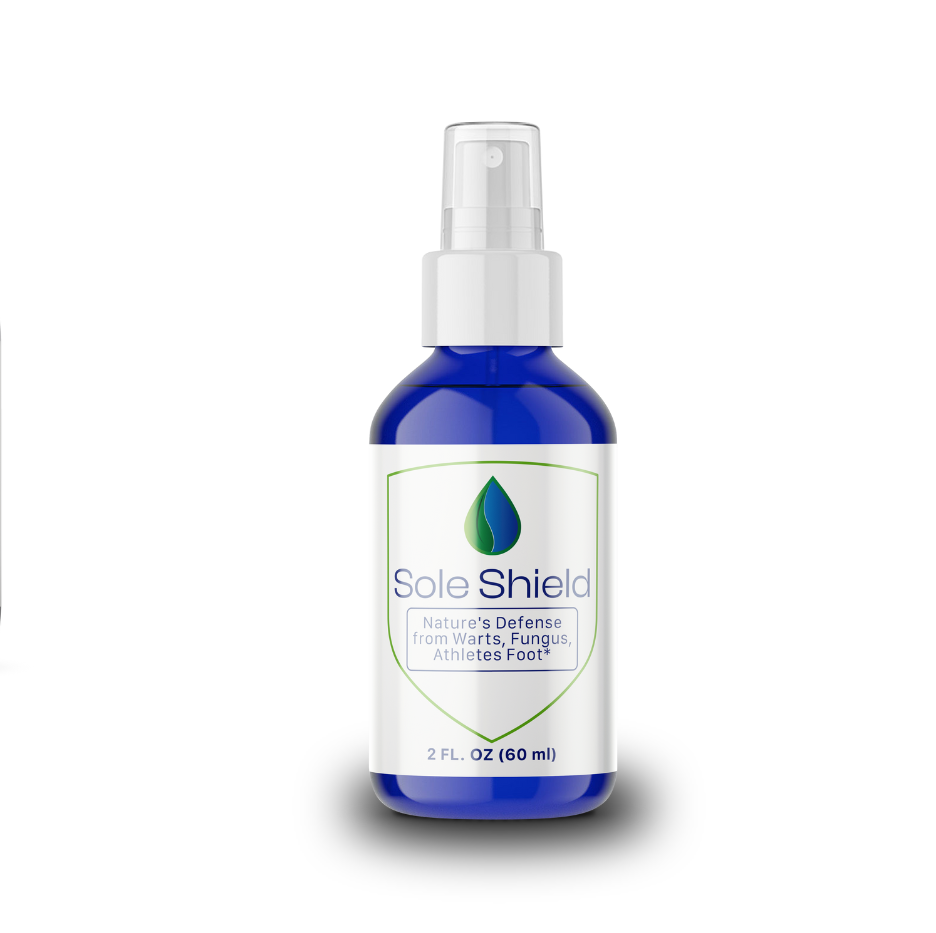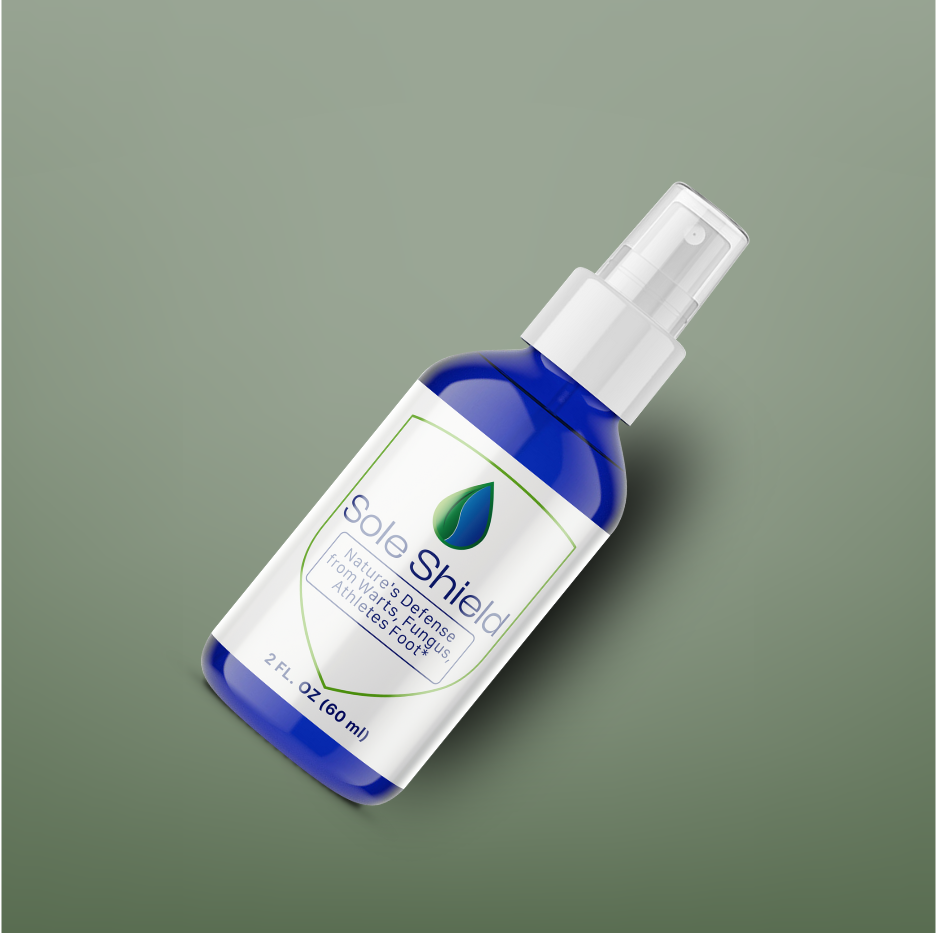Have you ever noticed a dark, discolored spot on your toenail and wondered what might be causing it?
Black toenail fungus is a condition that can be both uncomfortable and distressing, often leading to confusion about its causes and the best ways to treat it.
Understanding the symptoms and underlying causes of this condition is crucial for effective treatment and prevention.
Understanding Black Toenail Discoloration

It is also called a fungal nail infection. It happens when the toenail changes from its initial color to black or dark brown because of having bacteria inside it. This change can affect how the toenail looks and feels, with a variety of colors and textures emerging.
A black toenail is usually caused by a fungus that penetrates through the nail bed as well as the nail plate changing them to be discolored, thickened, and sometimes brittle.
Difference Between Black Toenails And Other Nail Disorders
It’s important to distinguish black toenails from other nail disorders to ensure proper treatment and management.
Black Toenail vs. Other Fungal Infections: While black toenail is specifically characterized by its dark color, other fungi infections might cause yellowing; white spots, or crumbling of nails. These types of fungi are responsible for most athlete’s foot cases as well as different skin conditions like ringworm.
Black Toenail vs. Nail Discoloration from Trauma: Repetitive trauma or injury such as wearing the wrong shoes can sometimes result in black toenails. The stain occurs beneath them although there are no signs normally exhibited when there is an infection such as itching or bad smell.
Black Toenail vs. Skin Conditions: Although certain skin diseases may lead to discoloration on nails they are usually accompanied by inflammation or rash affecting the skin in general while those caused by fungi mainly thrive in damp, dark areas and directly affect the nail plate.
Black Toenails vs. Underlying Medical Conditions: There are also instances when persistent black toenails may be indicative of some underlying health problems such as those involving autoimmune diseases, kidney ailments, or even insufficiency of certain nutrients which should be taken into account during treatment and management.
Symptoms of Black Toenails

Visual Signs
The most noticeable symptom of black toenail is the discoloration of the toenail. This often appears as black toenails or dark brown patches on the nail plate.
Discoloration in a toenail is a key pointer to fungal infection. As fungi invade and multiply under the nail, they can cause significant changes in color and texture.
Other visual signs include:
- Black Toenails: The entire toenail may become black or dark brown due to the accumulation of the presence of fungi.
- Dark Brown Patches: These can develop as the infection progresses, often starting as small spots that spread over time.
- Nail Plate Changes: The nail plate, which is the hard part of your nails, could get thicker, distorted, or brittle with the progression of this infection.
- Surrounding Skin: Redness around an infected toe and skin irritation nearby; can look like symptoms of a fungal infection.
Physical Discomfort
Apart from the visual changes, black toenails are responsible for many different physical discomforts.
- Pain and tenderness: The infectivity may result in pain or tenderness to the affected toe nails especially when pressure is applied such as when walking or wearing shoes.
- Itchiness: For some people, it burns around the infected nail or on the skin around it, indicating that fungal infection may be spreading.
- Discomfort: With a thickened or deformed nail you are bound to feel some discomfort that will interfere with your ability to walk comfortably.
Some ways black toenails affect overall foot health include:
- Mobility Issues: Pain and discomfort resulting from this condition can make it difficult for an individual to walk or engage in physical activities.
- Spread Potential: If left untreated, the fungi may spread to other nails or even other parts of the body thereby worsening the situation and leading to more severe types of fungal infections.
- Secondary Infections: The damaged nail plate and its surroundings are easily infected by bacteria which could further complicate matters.
So early recognition of these symptoms coupled with knowledge of how they affect both the nail itself and the nail bed will go a long way in getting prompt and appropriate treatment thus avoiding complications and maintaining general foot healthiness.
Causes of Black Toenail Fungus

Fungal Infections
Black toenail primarily results from fungal infections involving several species of fungi. These fungi commonly called dermatophytes invade toenails causing fungal infection in nails.
They love moist environments since they thrive well there hence rendering your toenail a good breeding ground. As the infection advances, it can cause changes in color ranging from dark brown to black on the same nail with alterations in the structure of the plate of that particular nail.
How Fungal Nail Infections Develop and Spread
Many times, fungal organisms enter under a toe through minute cracks or tiny gaps occurring within a nail plate during a fungal nail infection.
Consequently, the infection may spread from one nail to another, especially in places where feet are exposed to moisture such as public showers and swimming pools. It can also be transmitted from other sources like infected nail clippings or contaminated beds used in beauty parlors.
Underlying Medical Conditions
Some underlying health conditions increase susceptibility to black toenail infection:
Autoimmune Diseases
The immune system is weakened because of diseases like rheumatoid arthritis or psoriasis affecting its capability to counteract fungal infections which makes people more vulnerable to such types of nail infections.
Kidney Disease
By altering the capability of body systems to maintain proper nutritional levels and excrete waste materials appropriately kidney disease can provide an environment that will support fungal infections.
Nutritional Deficiencies
The immune system and resistance against fungal nail disease among others could be impaired due to the lack of enough vitamins and minerals.
Treatment Options

At-Home Treatments
For mild cases of black toenail infection, at-home treatments can often be effective, particularly when started early.
Effectiveness of Natural Remedies
Natural remedies like tea tree oil have been used by many people as alternatives for treating foot fungus since it has anti-fungal properties. Tea tree oil can be applied directly on the affected toenail topically to help fight off fungal organisms. How well this approach works differs greatly; hence may be good in less severe situations as a supplementary measure rather than an ultimate solution only if one wants it.
Basic Home Care Practices
In addition to using natural remedies, practicing good foot hygiene is essential for managing mild fungal diseases. This includes:
- Keeping Nails Clean: Regularly clean and trim your toenails so as not to allow any accumulation of fungi-causing agents on them.
- Drying Feet Thoroughly: Ensure your feet are completely dry before putting on socks and shoes, as moisture can promote fungal growth.
- Wearing Breathable Footwear: Opt for shoes made of natural materials that allow your feet to breathe and reduce moisture buildup.
Topical Antifungal Medications
Topical antifungal medications are commonly used to treat fungal nail infections and can be effective for many cases of black toenail infection.
Overview of Topical Treatments
Topical antifungal medication comes in various forms, including creams, ointments, and nail lacquers. These treatments work by applying antifungal agents directly to the infected nail and surrounding skin. Common topical antifungals include terbinafine, clotrimazole, and ciclopirox. These medications help to treat fungal infections effectively.
How They Work
The way these drugs penetrate the nail plate to reach the underlying infection is another point that is worth noting. Fungal growth is then gradually prevented by this treatment enabling the infected nails to appear quite normal again. Nevertheless, it may take some months before realizing the results hence strict adherence to the prescribed drug regimen is critical.
Oral Antifungal Medicines
For more severe cases of black toenail fungus or when topical treatments are insufficient, oral antifungal medications may be necessary.
When Oral Antifungal Medications Are Necessary
Oral medications are often prescribed for cases that do not respond to topical treatments, particularly in severe infections or when the infection has spread to multiple nails. They are also considered when the infection is deep within the nail bed and requires systemic treatment to effectively combat the fungal organisms.
Comparison of Oral Medication and its Effectiveness
Usually, oral anti-fungal medications such as terbinafine, itraconazole, and fluconazole are more effective for extensive or resistant fungal infections. By entering the bloodstream beneath the nail, these medications attack the infection internally. They give quicker and better results than external drugs do but with likely side effects that may need to be monitored by a healthcare professional.
Severe Cases and Surgical Removal
In serious occasions where ingrown toenail fungus is not responding to the usual treatments, more invasive procedures may be required.
Treatment Strategies for Severe Infections
Other prevention strategies can be incorporated in treating very rare cases of fungal diseases that have not been cured using conventional methods like stronger antifungal agents or mixed therapies.
Role of Surgical Removal
When the toenail gets infected persistently causing severe pain or damage then surgical removal may be deemed necessary. During this procedure, the complete nail is removed so that a new one can grow out healthy from its base. It is commonly used for extreme cases of fungus infection; hence it is performed under local anesthesia.
Say Goodbye to Toenail Fungus with EZ Clear Nails

EZ Clear Nails is a natural iodine soak designed for nail care, particularly effective as a fungicide. Users should avoid it if sensitive to iodine, allergic to seafood, have thyroid conditions, or ingest it.
Direction for Use
- Place the toes in the toe pan. Pour liquid into the toe pan until the nail is fully submerged.
- For best results, soak for 15 minutes 3 times a week.
- Allow to air dry.
Frequently Asked Questions (FAQs)
1. Which are the most common signs of nail fungus?
The usual indications which may be used to diagnose fungal infections include thickening of nails, yellowish appearance separation from the nail plate, and a bad smell.
2. Is it possible that natural methods can cure toenail fungus?
Yes, some natural remedies such as tea tree oil and vinegar have antifungal properties that can help in treating less severe forms of toenail fungus. Nonetheless, they may not be as good as prescribed medicines for serious cases.
3. How long does oral medication take to clear up a toenail infection?
Treatment with oral anti-fungal drugs usually requires several months to completely cure the disease. The doctor’s prescription should be followed strictly while continuing drug therapy until the infection is completely eradicated.
4. Are there any surgical procedures done for foot fungus removal?
Not really. Surgical treatment is only an option in chronic conditions where other techniques have been exhausted. It is important to consult with your doctor before considering this treatment option.




